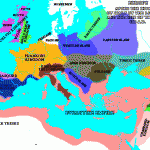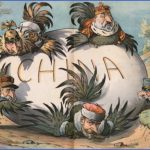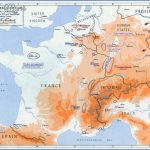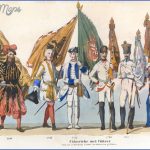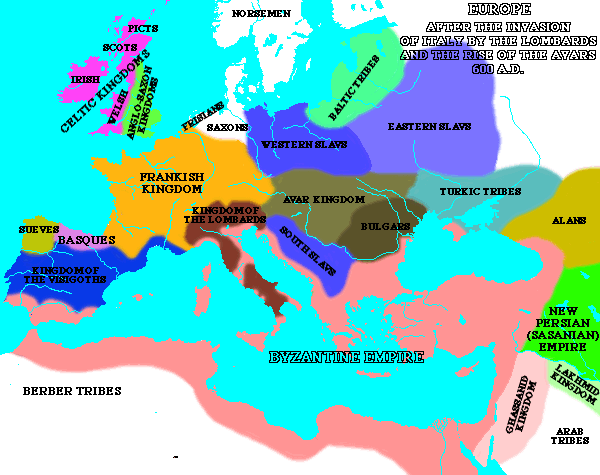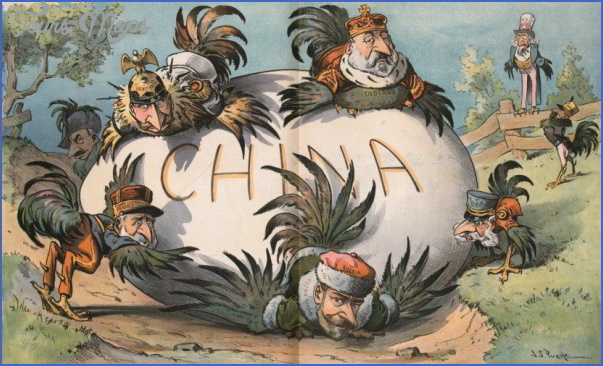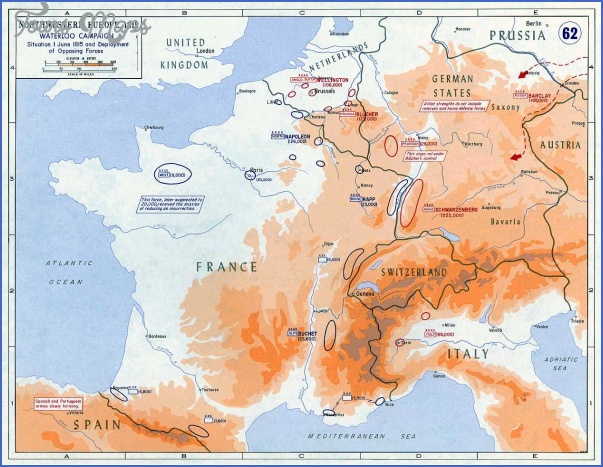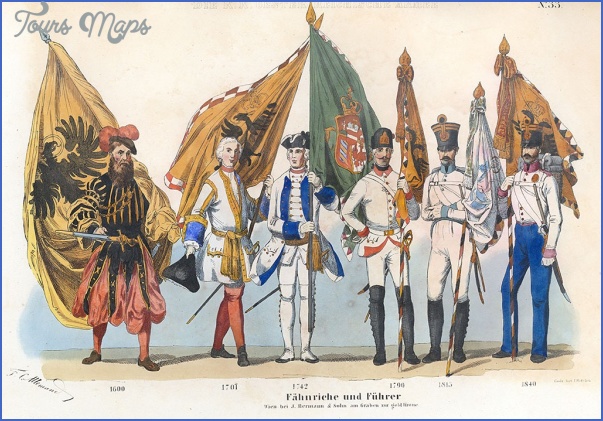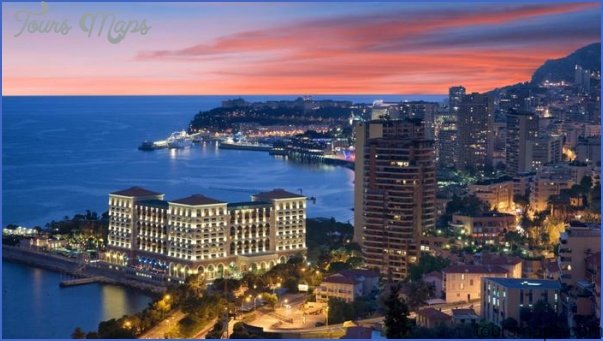WESTERN EUROPE: A QUICK HISTORY
As you travel through Western Europe, you are bound to encounter the unique political and cultural histories of each country you visit; from architecture to landscapes to the people themselves, the history of Europe is alive and visible. Below is a very brief primer on the major intellectual and political movements that forged Western Europe’s identity for four millennia. Use this abridged history along with the historical and cultural introductions at the beginning of each country chapter to truly partake in the delights of Western Europe.
IN THE BEGINNING…(2000 BC-AD 565)
The first Western Europeans were nomads of the Paleolithic and Neolithic periods. Migrating from the East, these Indo-Europeans settled by the Aegean Sea during the 18th and 17th centuries BC. Inter-marriage with the natives gave rise to the Greeks, whose culture in turn created the cornerstone of Western European civilization. The Greeks were no strangers to warfare; in the 15th century BC, they defeated the Minoans; in 1500 BC, they sacked Troy in the Trojan War. Between 337 and 323 BC, Alexander the Great expanded the Greek Empire across Europe, and autonomous city-states grew in size, power, and cultural influence, with Athens and Sparta as the two dominant cities. At the height of Classical Greece (500-400 BC), Athens produced the art, literature, and philosophy that have come to be hallmarks of Western culture ever since. The military might of the Romans eventually proved too great for these sons of Zeus, however; by 133 BC, Greece was essentially under Roman control. Rome expanded its empire over most of Western Europe through the Punic Wars, ruling the continent with its distinctive government that borrowed liberally from Greek culture. The general peace that resulted within the empire (often referred to as the Pax Romana) fostered transportation between cities on an unprecedented level. Yet as the empire grew, it also became more difficult to control. In AD 293, Diocletian tried to strengthen his control over the realm by dividing East and West between himself and a co-emperor. Diocletian’s plan backfired when Emperor Constantine the Great revoked this agreement and reunited the Roman Empire between 306-337, moving its capital to Byzantium. A converted Christian, Constantine encouraged the growth of Christianity throughout the empire. It would be a course of action that would come to shape the face of European history for the next millennium.
EARLY MIDDLE AGES (AD 476-1000)
There’s nothing like 200 years of Huns, Visigoths, and Vandals to spoil a perfectly good empire. In 476, the last Roman emperor was deposed, and Germanic barbarians began a 150-year political renovation of the Roman Empire, reverting cities to tribal kingdoms. As life became increasingly localized, Western Europe tumbled into the intellectually stagnant Dark Ages (AD 500 to 1200). The 9th century saw Pope Leo III crown FYankish king Charlemagne as Holy Roman Emperor, in theory uniting eastern and western Christian Europe permanently. Yet following the death of Charlemagne’s son, Louis the Pious, the Carolingian Empire was divvied among his three sons, thus decentralizing power and leading to the rise of local
HIGH MIDDLE AGES
lords. Europe was now divided into three parts: The Byzantine Empire (the East and parts of Italy), Islamic Europe (Spain and Portugal), and Latin Christendom (Belgium, Britain, France, Germany, and parts of Italy).
HIGH MIDDLE AGES (1000 1300)
When the milliennial apocalypse didn’t arrive in AD 1000, the first order of business was to establish a stable political system. Carolingian rulers established feudalism, a system of local government that subjected agrarian vassals to the dictates of their lords. Above this political hierarchy, however, reigned the Church, an extremely wealthy and powerful institution that in light of its absolute power concerning ecclesiastical law became the de facto adjudicator of secular law as well. With such influence at his disposal, Pope Innocent III financed and advised regional kings to advance his goal of Christian unification. The High Middle Ages were marked by costly attempts to extend Christianity.
From 1095 to 1291, Western Europeans launched the Holy War, or the seven Crusades, against the Islamic East; at the same time, the Church attempted to purge itself of contentious heretical factions within Europe itself. As a result, the 13th century saw Christianity become the dominant religion in the Baltic regions, Italy, Prussia, and Spain. Overall, the wars strengthened the might of Christian Europe, despite the abject failures of the Crusades to recapture the Holy Land.
WESTERN EUROPE: A QUICK HISTORY Photo Gallery
Maybe You Like Them Too
- Explore Sasbach, Germany with our Interactive Map
- Explore Nevestino, Bulgaria with this Detailed Map
- Explore Pulau Sebang Malaysia with this Detailed Map
- Explore Southgate, Michigan with this detailed map
- Explore Les Accates, France with this Detailed Map

